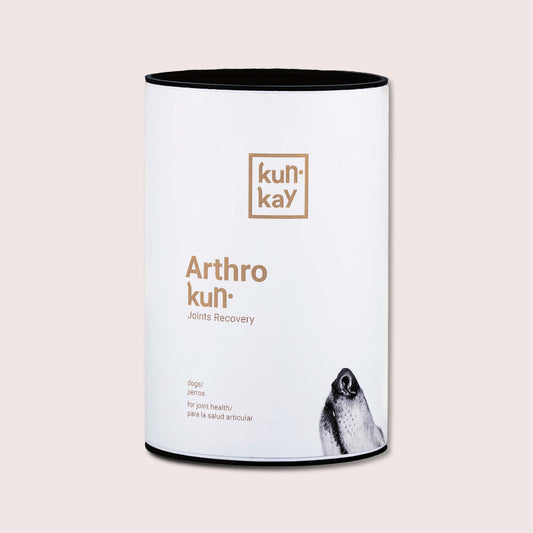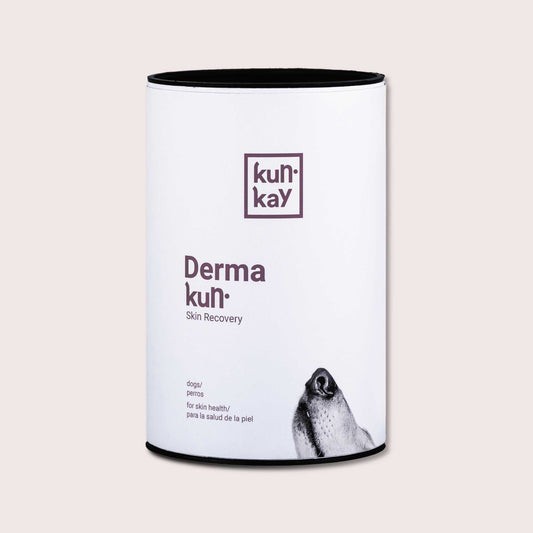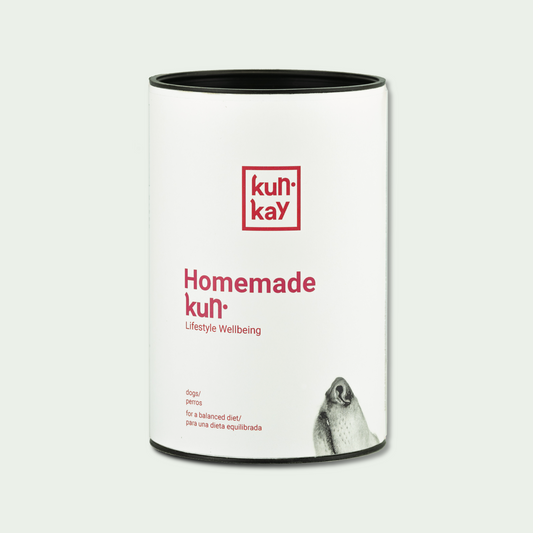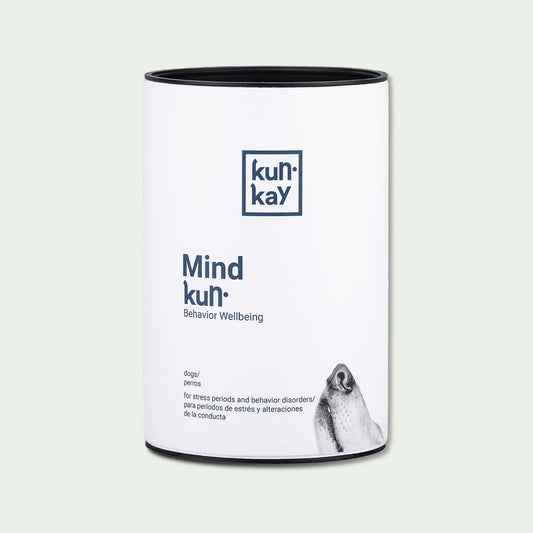FELINE LOWER URINARY TRACT DISEASES (FLUTD)
Lower urinary tract diseases in cats, which primarily affect the urinary bladder and urethra, are common and often recurring pathologies. They can cause significant discomfort and, in some cases, put the animal's life at risk if not treated promptly.
Main Associated Diseases
1. Feline Idiopathic Cystitis (FIC)
This is the most common cause of FLUTD, especially in young and middle-aged cats. It involves an inflammation of the bladder wall without a clear infectious cause, although in some cases bacteria, viruses, or fungi may be involved. Stressis a key factor in its appearance, and can be triggered by:
• Changes in the environment (moving, renovations, arrival of new people or animals).
• Territorial conflicts with other cats.
• Altered routines or visits to the vet.
2. Urolithiasis (Crystals and Stones)
The most common urinary stones in cats are struvite and calcium oxalate, and their formation is usually related to:
• Poor-quality diets or a mineral imbalance.
• Low water consumption.
• Recurrent urinary tract infections.
These crystals can group together and form stones that irritate the bladder mucosa and can even obstruct the urethra, especially in male cats.
3. Urethral Plugs
They occur when struvite crystals, dead cells, and mucus accumulate, forming a pasty mass that partially or completely blocks the urethra. This condition is a veterinary emergency because it prevents urine elimination and can cause a bladder rupture or acute kidney failure.
Common Symptoms of FLUTD
The clinical signs are usually very similar in all variants of the disease:
• Your cat urinates outside the litter box.
• He/She frequently goes to the litter box but does not urinate, or urinates in small amounts.
• He/She meows in pain when urinating.
• Hematuria (blood in the urine).
• He/She licks the genital area or lower abdomen excessively. In severe cases, they may pull out their hair in the area.
Causes and Risk Factors
Although any cat can develop urinary tract diseases, there are certain factors that increase the risk:
• Obesity, which reduces physical activity and can alter metabolism.
• Previous presence of crystals or stones.
• Advanced age, especially in spayed females.
• Medical conditions, such as:
or Diabetes mellitus.
or Hyperthyroidism.
or Chronic kidney disease.
Prevention and Home Care
1. Balanced, Quality Nutrition
A proper diet is essential to prevent crystal formation and maintain a healthy urinary pH. Consult your veterinarian about the most appropriate food for your cat, especially if they have previously had episodes of FLUTD.
2. Encourage More Water Drinking
Many cats do not drink enough water. Some helpful strategies include:
• Using clean, moving water fountains.
• Scattering several bowls of fresh water around the house.
• Introducing wet food (canned food) into their diet.
3. Environmental Stress Reduction
Environmental enrichment and stress management are essential:
• Interactive toys, scratching posts, elevated resting areas.
• Stable routines.
• Synthetic pheromones
• Separate food, water, litter box, and resting areas.
Superpinkkun
At Kunkay we offer you Superpinkkun, a nutritional supplement specially formulated to promote urinary tract health in cats and dogs. It is ideal for animals with recurrent urinary tract infections or discomfort associated with the lower urinary tract.
This supplement can help to:
• Reduce bladder inflammation.
• Minimize the formation of struvite crystals.
• Support urinary and kidney balance naturally.
⚠ Always consult your veterinarian before introducing any supplement into your pet's diet.







